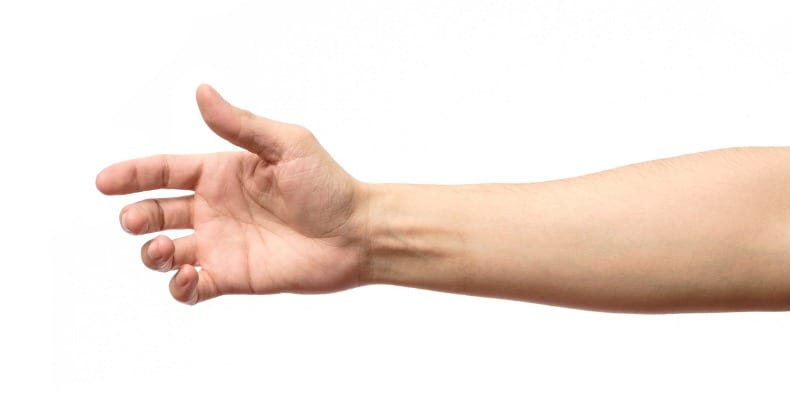According to the American Medical Association Guides on the Rating of Permanent Impairment, if one loses the use of their thumb, index finger, and middle finger, they’ve lost 80% of the use of their hand. It’s no wonder why carpal tunnel syndrome (CTS)—a condition characterized by symptoms of numbness, tingling, pain, and weakness that affects these digits (in addition to half of the ring finger)—can be such a debilitating condition!
Peripheral nerves—such as the median nerve that travels from the neck to the hand—are arranged in a spiral manner, which provides them the ability to lengthen when the limb (arm or leg) is straightened without damaging the nerve fibers within the nerve. In a July 2020 study, researchers reported that median nerve mobility is restricted in patients with CTS, which suggests that the condition can be caused by factors that restrict the nerve’s ability to lengthen in accordance with normal movement. Thus, treatments that are geared toward improving nerve mobility are likely to benefit the CTS patient, and that’s precisely what one systemic review found.
Using data from four published studies, researchers reported that including nerve gliding exercises, also known as nerve flossing, with standard care for CTS led to better outcomes with respect to both symptom severity and hand function than standard care alone. Nerve gliding exercises are intended to move the nerve back and forth inside the tunnel and along its course to reduce pressure and friction.
Here is a sample nerve gliding exercise (one of several that your doctor of chiropractic can teach you) that can improve median nerve mobility:
- Stand sideways to a wall and place the palm of your hand on it, fingers pointing downward, elbow partially bent.
- Slowly straighten the elbow, feeling for the forearm to tighten up.
- Bend your neck sideways toward the wall when the elbow is straight and away from the wall when the elbow is bent and repeat.
Doctors of chiropractic often treat CTS patients with a multimodal approach that includes manual therapies, nerve gliding exercises, nocturnal wrist splints, activity modification, and supplemental/dietary changes. These approaches are all aimed at reducing pressure on the median nerve and to allow for nerve mobility to return to normal. If the patient history indicates that other issues—such as diabetes, hypothyroidism, and other conditions—may contribute to the patient’s symptoms, then co-management with a primary care doctor or other specialist may be required to achieve a successful treatment outcome.
